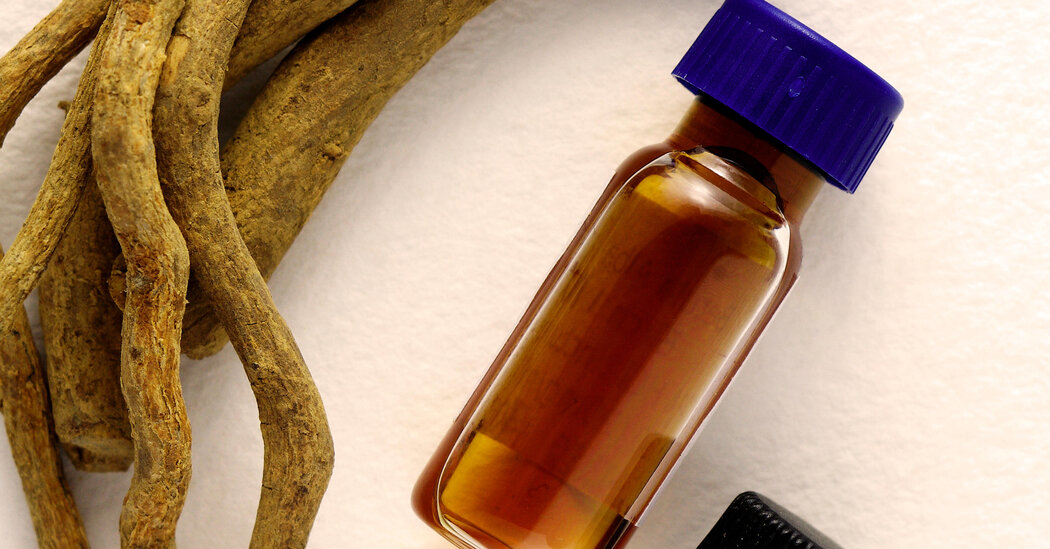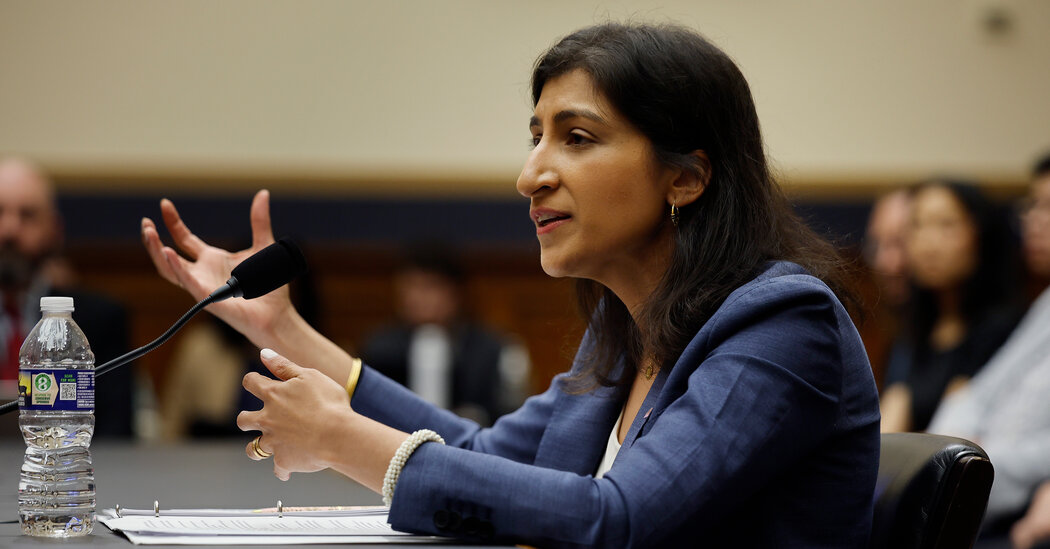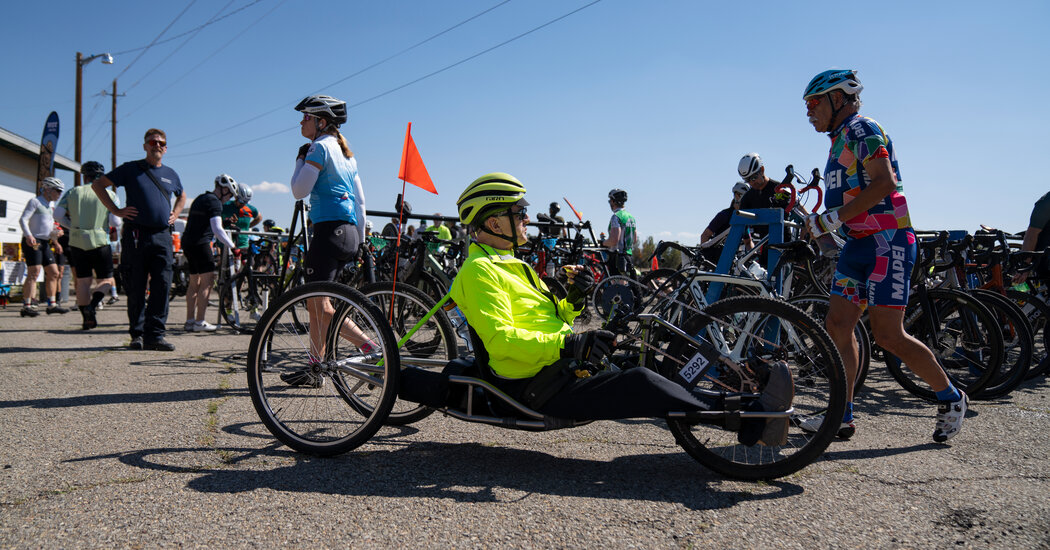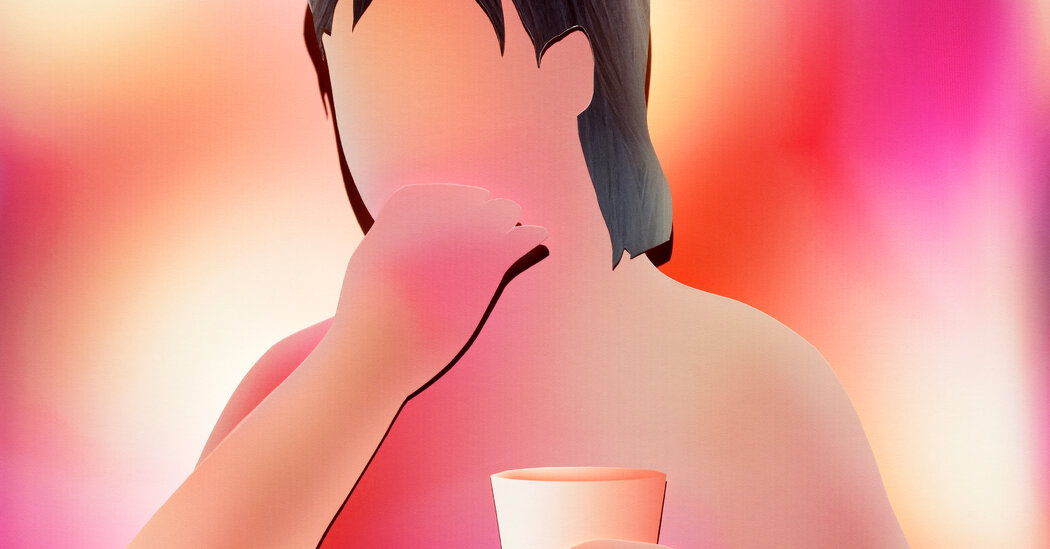What is ibogaine?
A naturally occurring psychoactive compound, ibogaine comes from the iboga tree, a rainforest shrub native to Central Africa. The drug comes from the bark of the root, which is crushed and consumed as a powder or given in an extracted form.
Iboga has long been used for medicinal and ritual purposes in Gabon, Cameroon and the Republic of Congo. After its discovery by French and Belgian explorers in the 19th century, it was sold as a stimulant in France. In recent decades, ibogaine has shown promise for treating opioid addiction, with several small studies suggesting that a third to two-thirds of patients who undergo treatment achieve sobriety after a single session. Some researchers have been studying ibogaine’s potential to treat traumatic brain injuries and PTSD.
How does ibogaine work?
Ibogaine quells the agonizing symptoms of opioid withdrawal and also appears to reduce the desire to use drugs, at least initially. Scientists are still trying to understand how it works against addiction, but many believe ibogaine fosters the creation of new neurons and neuroplasticity, a rewiring of the brain that gives patients fresh perspectives on self-destructive behavior and the unresolved trauma that sustains it.
“Ibogaine seems to be resetting the brain pharmacologically, and at the same time, it’s producing deep psychological insight into the underlying drivers of addiction,” said Dr. Joseph Peter Barsuglia, a clinical and research psychologist who advises ibogaine clinics in Mexico.
Is it legal?
No. In the United States, ibogaine is classified as a Schedule I controlled substance like heroin and other drugs that are deemed as having “no currently accepted medical use and a high potential for abuse,” according to the Drug Enforcement Administration. Americans who want access to ibogaine therapy must travel to countries where it is either legal or unregulated, among them Mexico, Brazil, New Zealand, Canada and South Africa.
It’s also not cheap: Private clinics often charge about $5,000 to $15,000 for a single treatment, airfare not included.
Are there health risks?
Ibogaine has the potential to induce fatal cardiac arrhythmias. At least two dozen deaths have been associated with ibogaine in recent decades, a concern that prompted the Food and Drug Administration to end federal research in the late 1990s. Experts say the risks can be effectively managed by screening out high-risk patients, administering magnesium before and during the treatments, and by ensuring that patients are continuously monitored by electrocardiogram.
How does ibogaine compare to other psychedelics?
Ibogaine is no club drug. A treatment session can be grueling and can last more than 24 hours. It often requires a willingness to confront traumatic events of the past. Participants liken the trip to a lucid waking dream that forces a review of painful life experiences. “You suddenly have access to this massive store of information that’s been accumulating through our lives, and you’re just able to see it in a more detached way,” said Dr. Martin Polanco, a psychedelic researcher at the Mission Within, an organization that works with Special Operations veterans.
What does the science say about ibogaine’s anti-addictive properties?
Much of the existing data on ibogaine’s efficacy comes from small studies and it has not been tested in clinical trials using control groups given placebos, the gold standard in medical research. But in Brazil, where for three decades doctors have been using ibogaine to treat crack addiction, researchers have reported a 60 percent success rate among patients who were followed for several months after the therapy.
What’s next for ibogaine?
Even if the F.D.A. were to greenlight clinical trials — a move some experts say is unlikely given ibogaine’s cardiac risks — any approval would take years.







